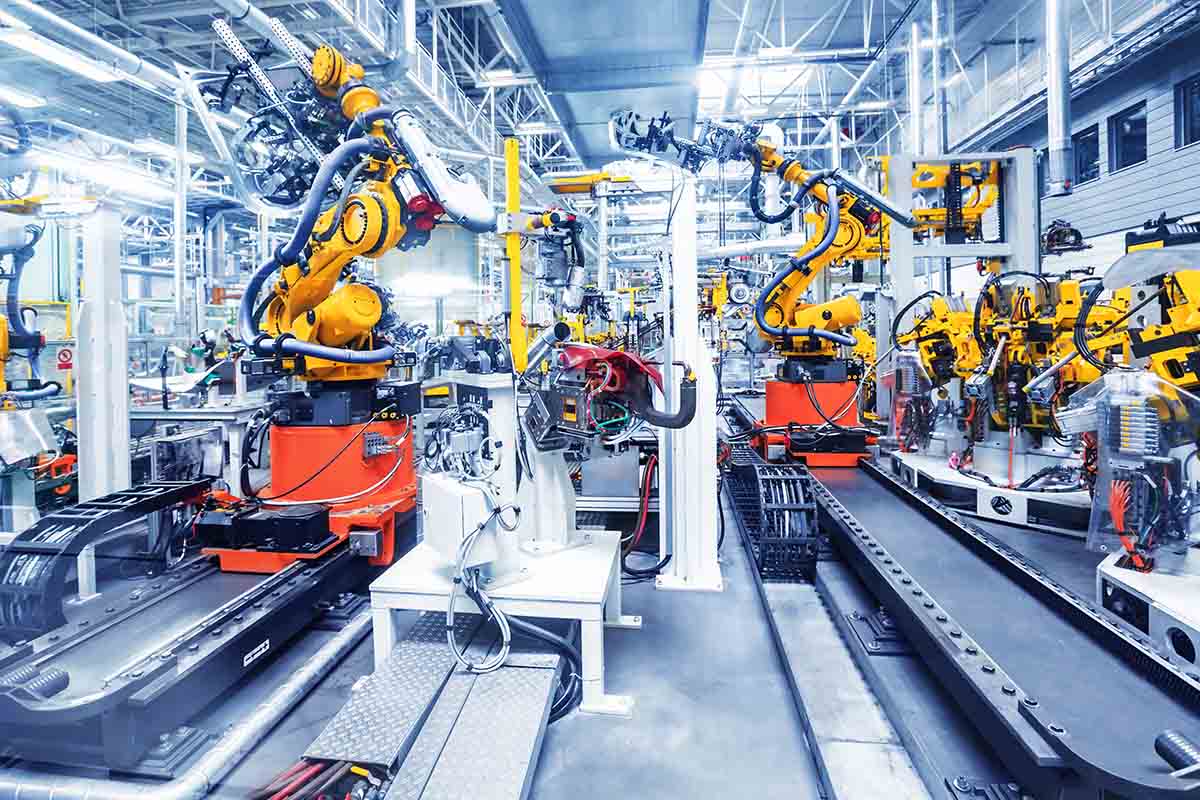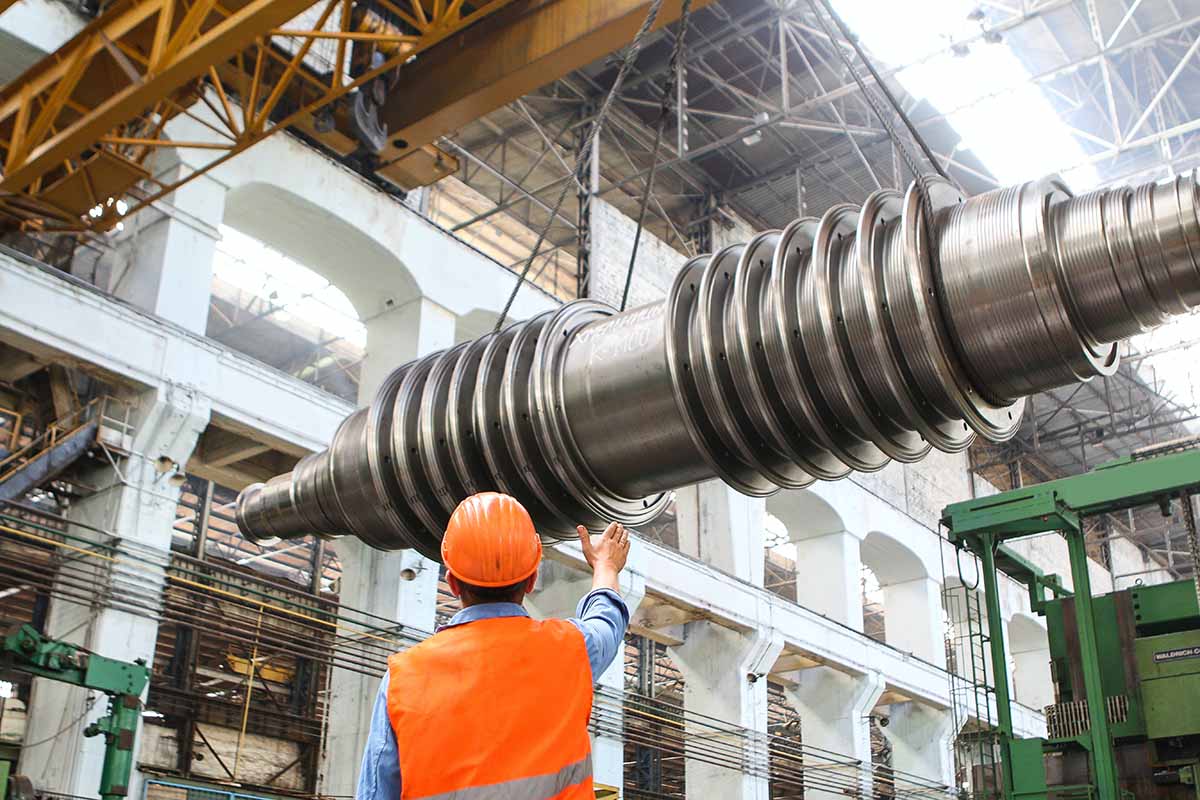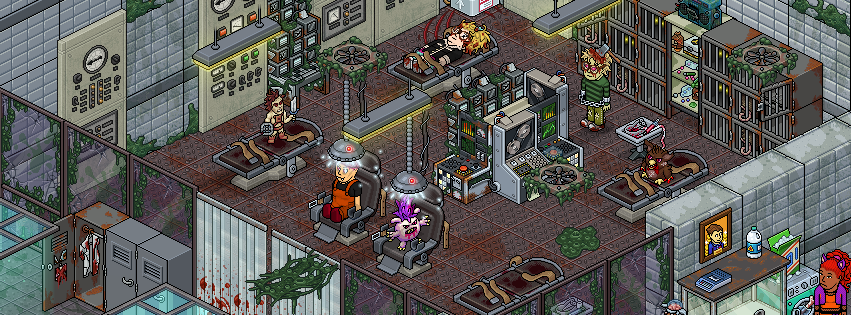7 Common Mistakes in Die-Casting and How to Avoid Them
Die-casting has grown wide into use across different metal production companies over time. The method’s first use dates back to the 1800s in printer typing.
Today, manufacturers depend on die-casting to produce castings in different shapes, wall thicknesses, and sizes. It’s a trustworthy process if you want a casting that’s strong, precise, durable, and with excellent surface finishing.
Die casting is easy and efficient for experts, but the process can have a few defects. Correcting the mistakes may be costly. It’s much better if you understand the process and do it right the first time.
This article reviews common mistakes in die-casting and how you can avoid them.
Using a Low-Value Pressure Sensitive Adhesive (PSAs)
Not all PSAs for die-casting on the market are of similar quality. Thus, using a cheap or wrong adhesive for your processing may cause a defect. That’s why it’s essential to understand the type of PSA suitable for your gasket converter.
To solve this, be sure to detail adhesive specifications while making design decisions. Ask yourself what type of adhesive is suitable. Some of the factors to consider and questions to ask yourself include the life expectancy of the adhesive, temperature limits, and adhesive strength.
Also, check to ascertain that the private label PSA recommended will function efficiently for your application. Research to find what fits your process the best way. Check on your budget, adhesive’s sealing properties, and bonding limitations.
Doing your research right may lead you to cost-effective and highly efficient options.
Using Poor Drafts For Die-Casting Parts
You need proper drafts before the die-casting process. This step secures the entire procedure and protects your materials from sticking into the mold or tool as you work.
To avoid mishaps, have a draft that begins from the parting line. Also, be cautious with where you put the draft, as that will affect the entire process and results. Likewise, understand how to use the draft right before you begin die-casting.
The last thing you want is to go through the trouble of getting your draft together and still suffer the stress of dealing with defects because you didn’t use it correctly.
Shrink Hole
Shrink hole is sometimes referred to as retraction. It occurs during condensation due to insufficient internal compensation due to shape irregularity. Some of the causes of shrink hole include:
- A high temperature of the alloy pouring
- Low pressure
- Gate is smaller
- An uneven wall thickness of your casting structure
You may consider increasing pressure to a reasonable limit and boosting the gating system to transmit sufficient pressure to solve this defect. Also, improve your casting structure, get uniform wall thickness, and eliminate metal accumulation.
Flaking
Flaking is one of the most common surface treatment mistakes in die-casting. It often results from faulty nickel layer attachment. That causes the layers to be susceptible to the scratch of nails and blade, exposing the underlying coating.
Also, flaking between nickel and copper coatings indicates contamination of the solution, insufficient activation, or process delays.
To avoid flaking in your die-casting products, ensure that you use a sterile solution and monitor current flow to inhibit interruptions during your procedures.
Using Insufficient Clamping Force
The dice-casting process involves many steps, and each one is very important. One of the most common causes of defects in the die-casting system is insufficient clamping force. Ensure that the machine you’re using has the correct clamping force your production procedure requires.
Besides, you need to ascertain that you’ve correctly held the two halves of your dies together. Not paying attention to the clamping force of the machine you use can be very costly. For instance, it’s the common cause for metal splatter, accompanied by other messes in the casting procedure.
Flow Marks
Flow marks occur when the casting surface gets parallel to the liquid metal’s direction. You can feel the smooth lines using your hand.
They’re some of the most common die-casting surface defects that occur due to excessive paint or high filling speed. Lower mold temperatures and strands of metal flows getting out of sync are also common contributors.
Metal flows, for instance, fill the cavities, leaving out some traces. Sometimes, the mold temperatures can get too low and affect your casting process.
For example, when aluminum or zinc alloy mold temperatures drop to 180 or 150 degrees, respectively, the chances of the defect occurring increase.
To solve the defect, you can begin by ensuring uniformity in the coating and keeping it thin. Also, adjusting the speed to a reasonable limit will solve the equation. If it results from low temperatures, ensure that you improve it to an acceptable degree.
Further, you may want to adjust the location of the gate or sectional area.
Poor Machine Tolerance Specifications
Manufacturing die-casting gaskets is much different from machining metal parts. For die-casting gaskets, you need wider tolerances.
To get this right, you need to consider every essential property. This includes the type of tool you’re using, material, production techniques, and features of the parts.
You can escape the headache of dealing with related defects by seeking an expert guide on cutting the tolerances. Typically, manufacturers will tell you that tight cutting is the ultimate choice. Yet, that may not work for your unique case due to the process you’re using and material limitations.
An expert understands the features that match your gasket’s form, function, fit and processing strengths. Tolerance tables are a lifesaver if you can’t find an expert to consult. Get the information right before you begin the die-casting process. That will help you get correct quotes and eliminate delays in your production process.
While considering all the factors to a perfect die-casting process, don’t forget to get the correct stamping dies for your production. Click here to find out more about Universal Engraving’s Copper Flex Dies.
Avoid Mistakes in Die-Casting
Die-casting helps reduce the process of making geometrically complex metal products easy and accurate. But the success of your procedure depends on your attention to detail, your approach, and your level of expertise.
Consider researching to boost your knowledge and help you avoid the common mistakes in die-casting. These defects may seem trivial during the process but will significantly affect the quality of your end product. Keep checking this blog for more updates, advice, tips, and recommendations on industrialization and manufacturing.




















